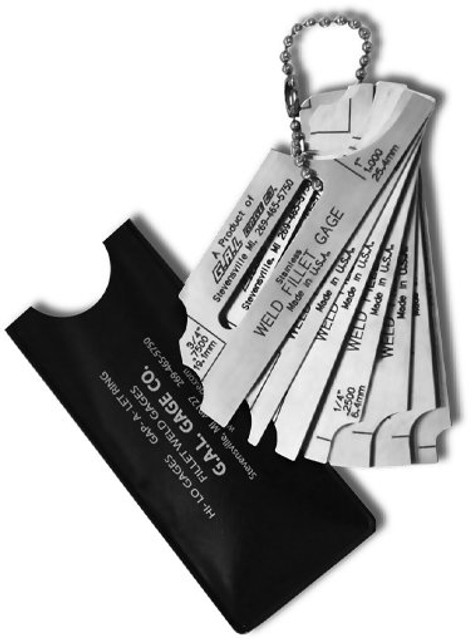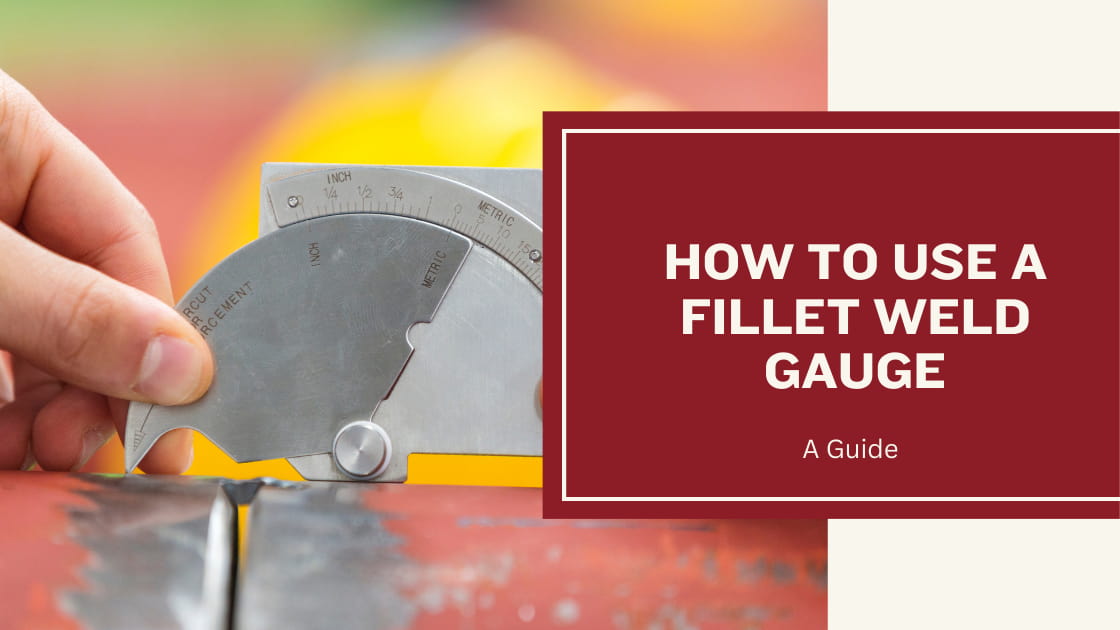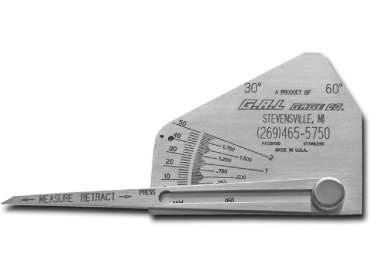Gauge Fillet Weld Basics: Best Practices and Common Mistakes
Gauge Fillet Weld Basics: Best Practices and Common Mistakes
Blog Article
Fillet Weld Layout Approaches: Enhancing Joint Efficiency and Appearance for Structural Stability
In the realm of architectural engineering and manufacture, the relevance of fillet weld style strategies can not be overstated. These strategies play a crucial role in not only guaranteeing the performance and architectural stability of joints however also in boosting the general appearances of the completed item. By diligently thinking about elements such as weld account optimization, product choice, joint preparation methods, welding procedure performance, and visual improvement methods, engineers and producers can accomplish an unified equilibrium between capability and look in their welded frameworks. The fusion of these aspects not only results in durable joints yet likewise boosts the aesthetic allure of the end product.
Weld Account Optimization


Attaining an optimal weld account includes a careful consideration of elements such as product density, joint configuration, welding placement, and desired welding rate. Furthermore, the option of proper welding criteria, such as voltage, current, and take a trip rate, is fundamental in controlling the shape and measurements of the fillet weld. Making use of advanced welding strategies, such as pulse welding or robot welding, can better fine-tune the weld profile to meet certain layout requirements and high quality requirements.
In significance, weld profile optimization is a basic facet of fillet weld layout that straight affects the general performance and integrity of bonded joints in structural applications.
Product Selection Factors To Consider
When taking into consideration material selection for fillet weld design, the compatibility of the base steels is a critical element affecting the architectural honesty of the joint. It is vital to select products that not only bonded with each other successfully yet likewise possess comparable mechanical residential properties to ensure the lots is evenly distributed in between the weld and the base metals. Welding materials with significantly various residential properties can result in issues such as stress and anxiety focus, premature joint failing, or fracturing.
In addition, the environment in which the welded framework will operate need to be considered when choosing materials. Elements like rust resistance, temperature fluctuations, and exposure to chemicals can all influence the durability and performance of the weld joint. By selecting products that appropriate for the desired application and setting, the general longevity and integrity of the welded joint can be dramatically boosted.
Consequently, extensive factor to consider of material compatibility and environmental factors is extremely important in making sure the weld joint's toughness, durability, and total structural stability.

Joint Preparation Techniques
Considering the important role product option plays in making sure the architectural integrity of fillet weld joints, it is necessary to carry out precise joint preparation methods that enhance the link between the base metals. Joint prep work is an important action that find more information directly affects the quality and toughness of the weld. One fundamental method is the cleaning of base steels to get rid of any contaminants like corrosion, oil, or paint that could jeopardize the weld's integrity. This can be accomplished through approaches such as grinding, wire cleaning, or chemical cleaning.
In addition, tack welding the parts in area before the last weld aids keep positioning and minimizes distortion throughout the welding procedure. By diligently complying with these joint preparation methods, welders can enhance the overall efficiency and aesthetic appeals of fillet weld joints check my site while guaranteeing structural sturdiness.
Welding Process Effectiveness
Reliable welding procedures are necessary for accomplishing ideal performance and quality in fillet weld construction. One crucial facet of boosting welding process effectiveness is choosing the suitable welding strategy. Variables such as material type, joint layout, and welding position should be very carefully considered to figure out the most appropriate technique. Processes like gas metal arc welding (GMAW) and flux-cored arc welding (FCAW) are generally utilized for fillet welds due to their flexibility and speed.
In addition, making certain proper equipment setup and maintenance is essential for efficient welding. Regular calibration of welding equipments, examination of consumables, and maintenance of welding lanterns can avoid downtime and remodel, eventually conserving time and sources. In addition, utilizing experienced welders with proficiency in the specific welding process being utilized can dramatically influence effectiveness. Trained welders are much more adept More about the author at readjusting specifications, fixing problems, and preserving constant weld top quality.
Aesthetic Enhancement Techniques
To optimize the top quality of fillet weld fabrication, carrying out aesthetic improvement techniques can play an important function in guaranteeing precision and precision throughout the welding process. Aesthetic aids such as weld size evaluates and amplifying lenses can help in examining weld accounts and measurements accurately. By integrating these visual improvement methods right into the welding process, welders can accomplish not just structurally audio fillet welds yet likewise visually appealing outcomes that satisfy sector standards.

Conclusion
In verdict, maximizing fillet weld style includes careful consideration of weld account, product selection, joint prep work, welding process efficiency, and aesthetic improvement methods. By executing these techniques, structural integrity can be boosted while likewise attaining visual charm. It is necessary to focus on both efficiency and appearances in fillet weld design to make certain the overall top quality and sturdiness of the joint.
By carefully considering aspects such as weld profile optimization, product choice, joint prep work methods, welding procedure effectiveness, and aesthetic enhancement approaches, fabricators and engineers can accomplish an unified balance in between functionality and appearance in their welded structures.In the realm of fillet weld design, enhancing the weld profile plays an essential function in guaranteeing structural stability and performance. The weld account, which consists of the dimension and form of the weld cross-section, directly impacts the circulation of anxiety and load-bearing capability within the joint. It is necessary to pick products that not just bonded with each other effectively however also have comparable mechanical buildings to make certain the tons is uniformly distributed between the weld and the base steels - Gauge Fillet Weld.In final thought, optimizing fillet weld design involves mindful factor to consider of weld account, product choice, joint prep work, welding procedure performance, and aesthetic improvement techniques
Report this page